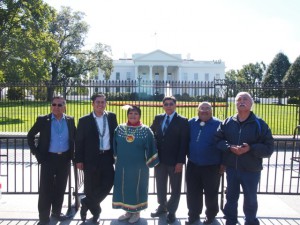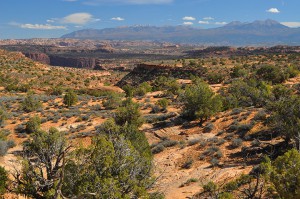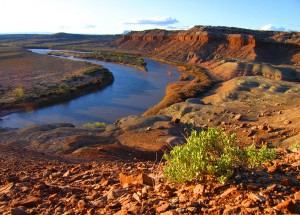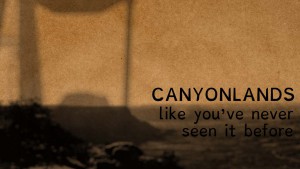Bears Ears Inter-Tribal Coalition Co-Chair Eric Descheenie at the National Press Club. Last week, the Bears Ears Inter-Tribal Coalition traveled to Washington, D.C., to deliver their proposal to President Obama to […]
Read More

 Southern Utah Wilderness Alliance
Southern Utah Wilderness Alliance

Bears Ears Inter-Tribal Coalition Co-Chair Eric Descheenie at the National Press Club. Last week, the Bears Ears Inter-Tribal Coalition traveled to Washington, D.C., to deliver their proposal to President Obama to […]
Read More
Anyone who has visited the Island in the Sky region of Canyonlands National Park or Dead Horse Point State Park near Moab over the past few years has no doubt […]
Read More
In August, the BLM’s Canyon Country District Office released the long-awaited Moab Master Leasing Plan for public review and comment. When finalized, this plan will govern the scope, pace and […]
Read More
Tell President Obama to protect our canyonlands!
Read MoreThis Monday, March 16th, the Grand County Council in Moab, Utah is going to be putting the finishing touches on its recommendations to Representative Rob Bishop as part of the […]
Read More